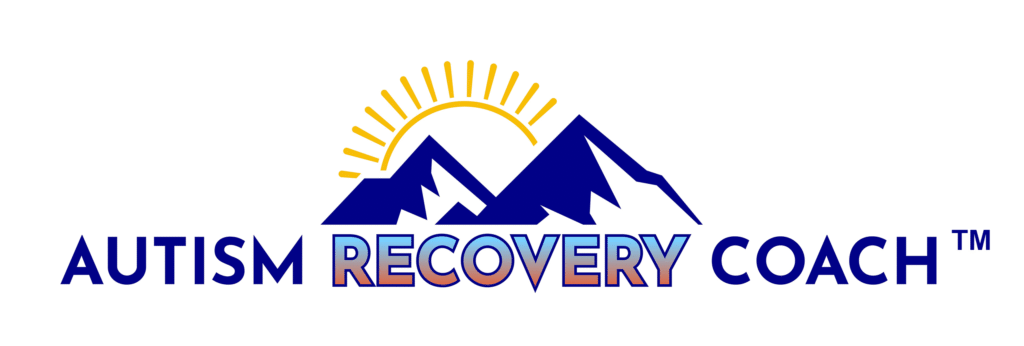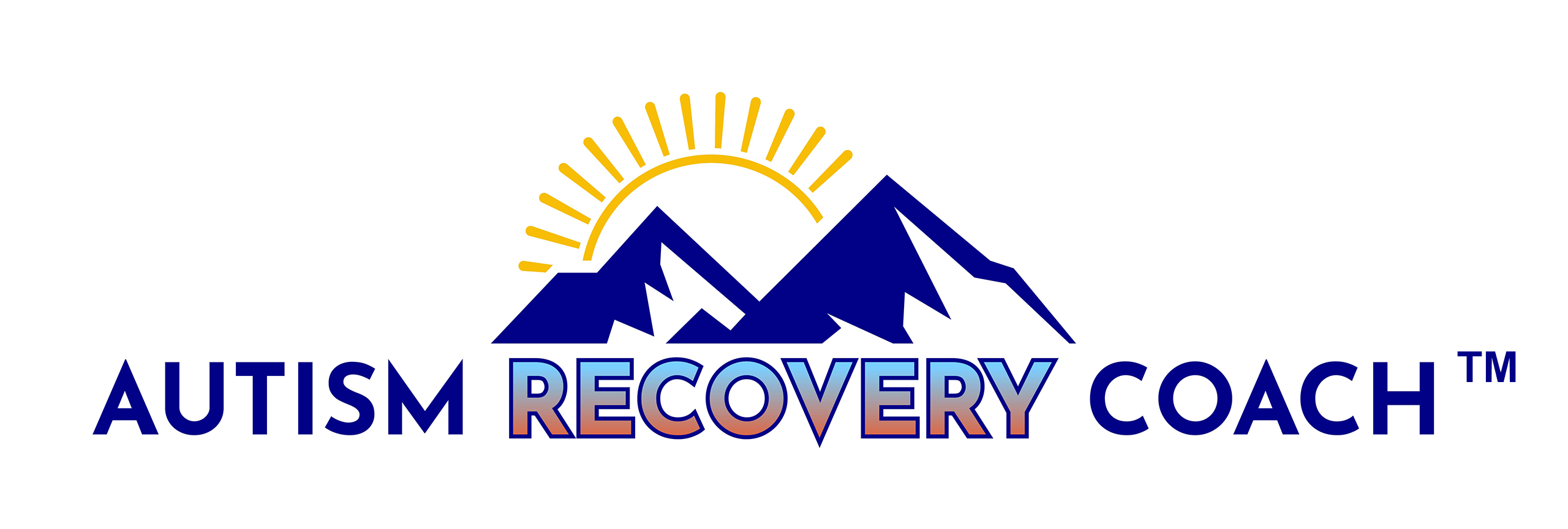Autism, a spectrum of neurodevelopmental conditions, brings with it a unique set of behaviors that are often misunderstood. One such behavior is stimming, which is short for self-stimulation. Contrary to common misconceptions, stimming is not just random movements; it may serve a crucial therapeutic purpose in the lives of individuals with autism. Let’s dive into the fascinating world of stimming and discover how it acts as a self-regulatory tool and an exercise that develops the brain.
The Self-Regulatory Power of Stimming
Stimming, often manifested through repetitive movements or sounds, plays a pivotal role in self-regulation for individuals on the autism spectrum. Think of it as a built-in coping mechanism. It helps manage sensory overload, a common challenge for those with autism. These repetitive behaviors act as a reset button, allowing individuals to navigate overwhelming environments and regain control. Clearly, these behaviors may socially limit your child, and a treatment plan should seek to phase these behaviors out. However, attempts to prematurely derail this process are almost always unsuccessful, as they lead to replacement by other stimming behaviors.
A high-quality coach for autism recognizes the significance of stimming in fostering self-regulation – a pressure-relief valve if you will. By recognizing stimming as a natural response to sensory stimuli, therapy sessions can be tailored to incorporate these behaviors positively. This approach empowers individuals to navigate the world on their terms, enhancing their overall well-being. In time, as the metabolic treatments begin to take hold and neural development progresses, the occurrence of stimming behaviors will gradually decrease, as the individual neither has the need to relieve excess stress and sensory overload nor does their neural wiring require the same amount of repetitive exercise to maintain the perineuronal nets that stimming may have helped develop. The intent is for this less sophisticated means of communication to give way to language expression as a primary means of communication.
Self-Expression Through Stimming
Stimming is not just about regulation; it’s a powerful form of self-expression. Each movement or sound serves as a unique language, allowing individuals with autism to convey emotions and thoughts that might be challenging to express verbally. It’s a non-verbal dialogue that deserves acknowledgment.

Our autism coach for children often includes activities that harness the communicative potential of stimming. By embracing and guiding these repetitive behaviors, therapists and caretakers can facilitate a deeper understanding of the individual’s needs and desires. This approach fosters a stronger connection between the individual and their environment, promoting a sense of belonging and acceptance. In a coaching session, your autism recovery specialist can instruct the caretaker on how to make stimming a meaningful way of connecting to your child while this form of communication slowly gives way to more conventional language.
Connecting Stimming to Treatments for Autism
Treatments for autism, including autism consulting, play a crucial role in supporting individuals who engage in stimming. Biomedical treatments, in particular, can synergize with these behaviors to promote development. Biomedical treatments can enhance the effectiveness of therapy sessions through a tailored approach that considers the individual’s unique stimming patterns. Perineuronal nets, which, as mentioned before, are a critical component of brain structure, and their development can be accelerated by repetitive movements, are chemically composed of sulfur compounds that are hindered when the body’s redox capacity is suboptimal. This is why our biomedical treatments for autism focus on redox capacity as one of theprimary benchmarks in addressing the metabolic landscape of autism.
Autism specialist consultants emphasize the need for a holistic approach that includes biomedical treatments. These treatments address underlying medical conditions, supporting overall health and well-being. By integrating biomedical treatments into the therapy plan, individuals with autism can experience a more comprehensive and personalized approach to their unique needs.
Embrace the Journey with Autism Recovery Coach
In conclusion, stimming in autism is not just a behavior to be tolerated; it’s a behavior that serves to relieve stress and communicate feelings in children who may struggle to find the language to convey that message. By engaging with swimming and integrating biomedical treatments, we create a more inclusive and supportive environment for individuals on the autism spectrum while also forming the connection that is so necessary for language and social reciprocity to develop.
Christopher Soppet at Autism Recovery Coach can help you explore the possibilities of autism recovery by understanding the role of stimming. Recognizing stimming as a necessary and temporary component of the autism experience, Soppet provides high-quality autism biomedical treatments and coaching for individuals of all ages. Discover the transformative potential of a comprehensive autism recovery journey with expert guidance and support. Get in touch now!



